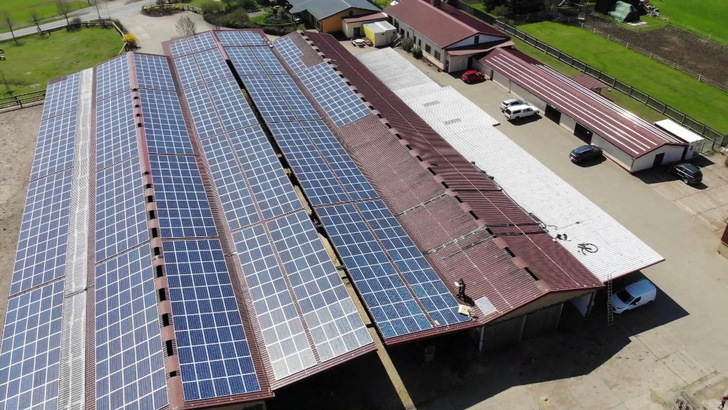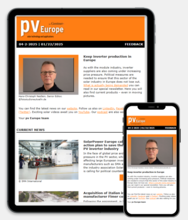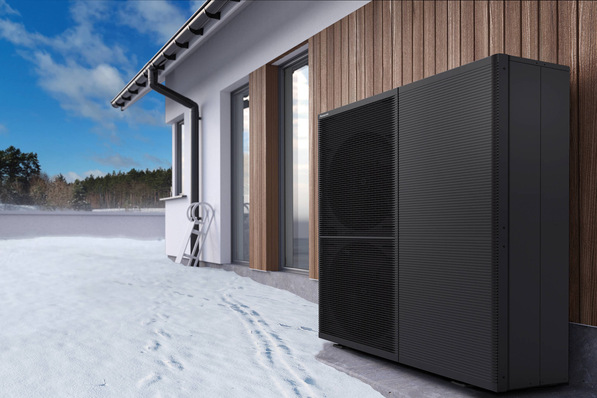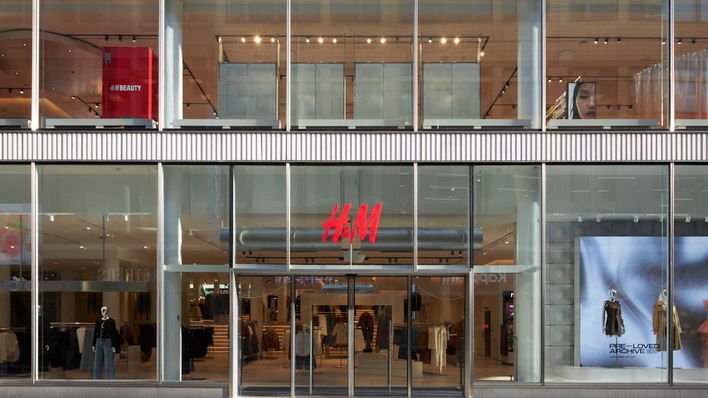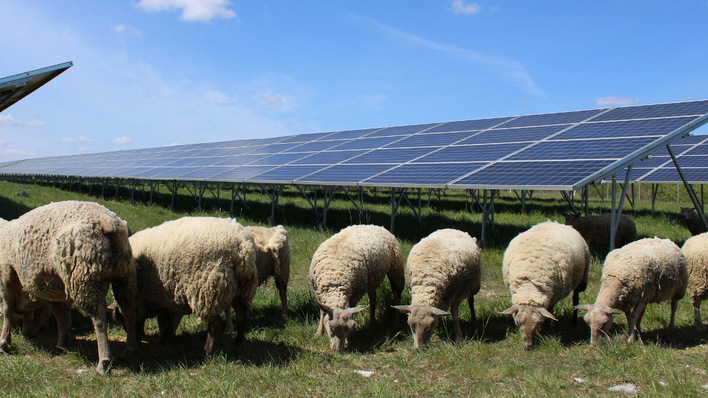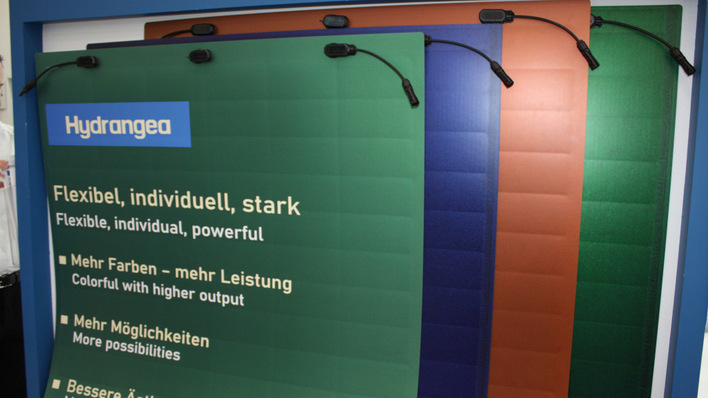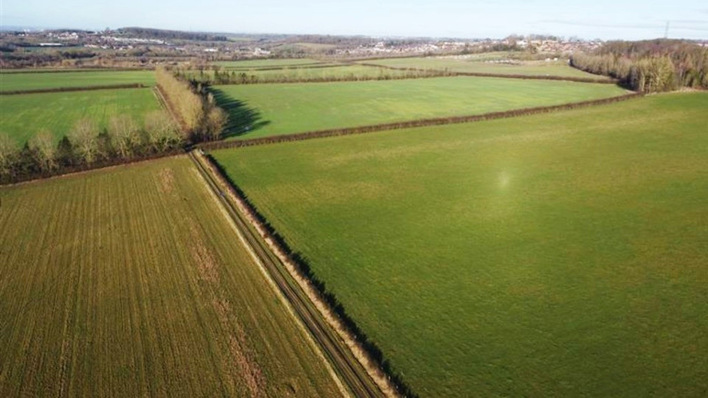Crawinkel is a small village in the picturesque northern foothills of the Thuringian Forest. On a plateau 30 kilometres southwest of Erfurt lies Thürengeti farm, a site that now stands out thanks to its openness to innovation and new approaches in agriculture.
The situation was not always as it is today. When farmer Heinz Bley arrived in the early 1990s and took over the land, he first farmed like his neighbours. But the farmers here faced a problem. The soils of the plateau around Crawinkel are not very productive. “The natural yield of the soil is about 40 quintals per hectare,” he says.
Stay informed on developments in solar energy for agriculture – subscribe to our free newsletter.
The poor soil quality prompted farmer Heinz Bley to give up arable farming in 2003 and focus instead on grassland and pasture management. Today, around 280 horses, 700 cattle, 100 sheep, 50 goats and 18 donkeys graze on 2,500 hectares of land. Many of the animals remain outside all year round.
Nevertheless, the farm includes a range of buildings. Some barns house the sport horses, while others store winter fodder for the animals, managed by the agricultural cooperative where Heinz Bley serves as managing director. An inspection showed that the buildings were already decades old and the roofs were in urgent need of renovation.
Renovations financed in full
To raise the required investment funds, he developed a plan with a regional photovoltaic project developer. Until now, the large roof areas served only as weather protection. With a second use, the agricultural cooperative can establish an additional source of income and finance the roof renovations. Bley, however, does not want to take responsibility for the power generators – he is a farmer, not an energy provider.
How Agri-PV supports regenerative and sustainable agriculture
It was for this reason that Trier-based photovoltaic planner WI Energy, which had meanwhile acquired the project rights, leased the roofs and fitted them with solar panels. This created photovoltaic systems with a total output of more than 2 MW, generating 1.94 GWh of electricity each year. “In the case of Thürengeti, the roofs had to be renovated beforehand because they were no longer suitable for the stability of the photovoltaic system of up to 30 years,” explains Peter Maasem, project developer at WI Energy. “In addition, they were still covered with corrugated cement containing asbestos. In any case, no solar plant may be erected on such a surface without prior renovation.”
No issues in summer
The construction of the photovoltaic systems and the roof renovation were carried out in parallel. “If the building has to be scaffolded anyway for fall protection during the roof renovation, the installation of the solar system can be done at the same time,” explains Peter Maasem. A new roof, however, is not always required. If roofs are still in good condition and expected to last for the lifetime of the solar system, renovation can be omitted.
How to power a cow shed with no grid connection
Restrictions for the agricultural business remained limited during construction. WI Energy coordinated the process closely with the farmer. The largest expense at Thürengeti was the roof renovation, which had to be carried out in any case. At times the buildings were without roofing, but as the work took place in summer this caused no issues. The animals were either outside on pasture or could remain for a while in barns without roofs.
Managing installation alongside renovation
As a rule, the construction work takes no longer than two weeks, including roof renovation and installation of the solar system. “Of course, this depends on whether the roof needs to be renovated at all, how big the roof is and how high the output of the solar system is,” Peter Maasem emphasises.
How this was implemented at Thürengeti farm is described in the special feature on the use of photovoltaics in agriculture. The publication is available as a free download. (su)

